Thai boxing is the national sport and cultural martial art of Thailand. A lot of us, by now, are familiar with the sport, due to its popularity, it has popped up across the social media landscape, over the span of the last decade with mainstream athletes, and fighters training publicly. But the Martial Art we see today, wasn’t always what it appears to be. Muay Thai, was developed over several hundred years ago, the close combat nature of it, utilized the entire body as a weapon in war, hence why it is called the ‘the art of eight limbs’ due to the direct contact between each body part. Several scholars say the true nature of Muay Thai’s history was lost when the Burmese ransacked Ayudhaya, Siam’s capital city in Thailand, during the 14th century.
The way the body is used in Muay Thai, explains the ritualistic nature, you will see trailing into fights that occur in present-day clubs.
To scan the entire body, the hand becomes the ‘sword and dagger’, the shin and forearms are conditioned till they are hard, to act as armour. The elbows to be used on opponents like a heavy hammer if pivoted correctly, the legs and knees, likened to an axe and staff.
The relationship between each body part in combat is so closely interwoven and at one, that the fighter uses each, any, and every part as a way into any opening to defeat the opponent. It is both poetic and deadly.
The great history of Muay Thai dates back to the first army in which employed the combat, the 1238 Sukhothai Era, (the Buddhist years). This is where the first Thai army was formed in order to protect the capital within the city and its surrounding villages, against neighbouring kingdoms and tribes. Soldiers were taught how to use weapons, but also, how to use their bodies as weapons as they used every limb to fight, this was where Muay Thai was born alongside Krabi Krabong. As a result, Muay Thai became heavily interwoven into the fabric of the culture for the early Siamese people, because of being under constant threat of war. The first Muay Thai camps were formed as training centres, where men would train to fight, but also use it as a means to focus, gain discipline, and ongoing exercise. Soon, monks were instructed to teach the combative training, and the wisdom tied to it in Buddhist Temples, so that every generation would be equipped with the power of this knowledge.
This was never an elitist sport, because, anyone could use their body as a weapon if trained correctly. As more of the poor had access to Muay Thai, it then became a requirement for the elite, high class, and royalty to be well trained in the combat, as they believed this would lead to powerful future leaders, with the philosophy that a great who would be able to protect their country if it came to it.
Several generations later, this deeply poetic, philosophy and combative practice, has become a national sport, and form of self-defence for many across the world. In the early days of Thai training in Thailand, fighters didn’t always have boxing bags and resources readily available, therefore they had to get creative, using banana and coconut trees, rivers, streams, and manual labour as skills to get better at the sport.
A well- known training method was kicking and kneeing Banana trees, because of their soft porous nature.
There was something deliciously poetic, and meaningful about the roots of this addictive sport. There is a timelessness to the beauty of not needing anything, or anyone but yourself in combat, equipment, or weapons. Although we don’t endorse violence, we do encourage our students to use their body, as a powerful tool, to sharpen, and discipline the mind. Knowing that when it comes to fight or flight, when you are in the throes of fear, when we have been faced with a global problem that has forced us all indoors, feeling immobile, that all you need is yourself to get you out. We train you, so that you may learn how to use the tools you already have to battle your own wars. Knowledge is power.
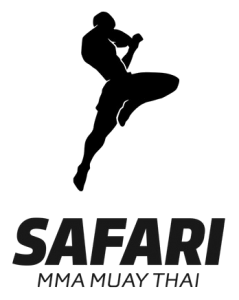
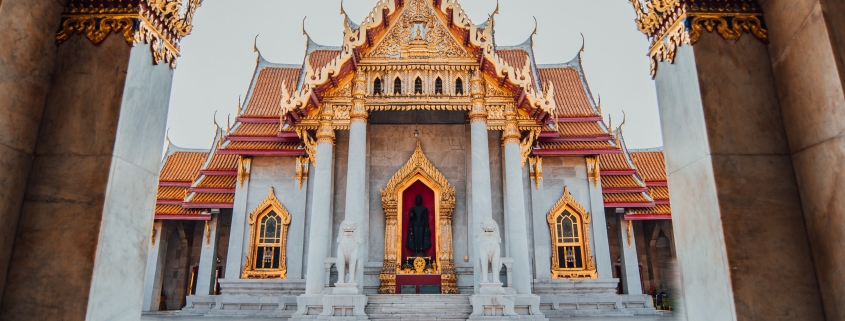
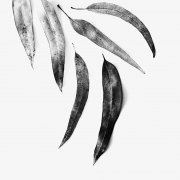
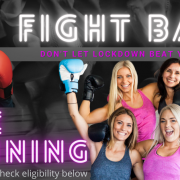


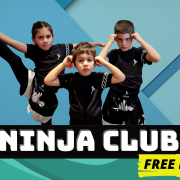
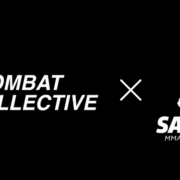
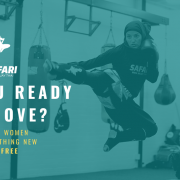



Leave a Reply
Want to join the discussion?Feel free to contribute!